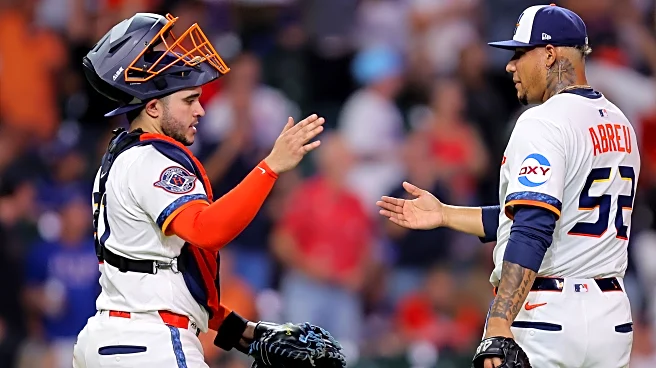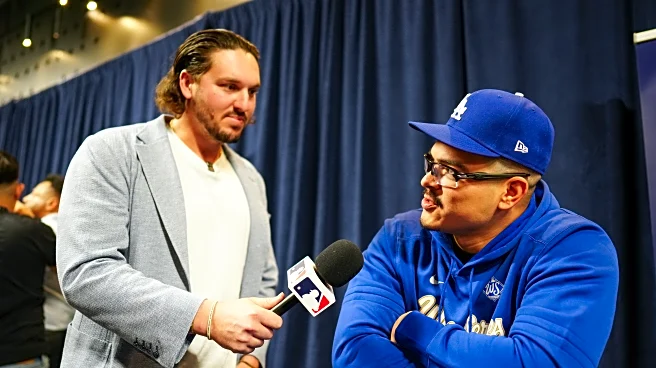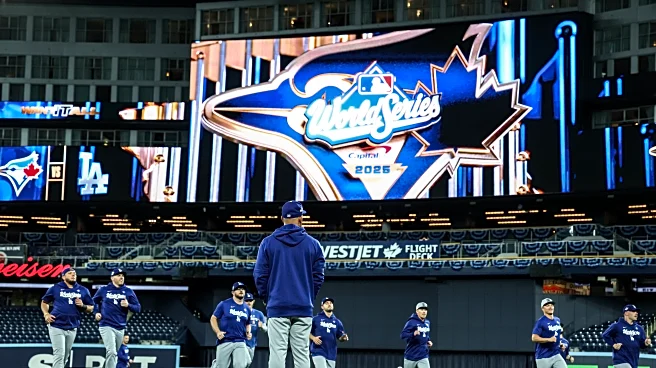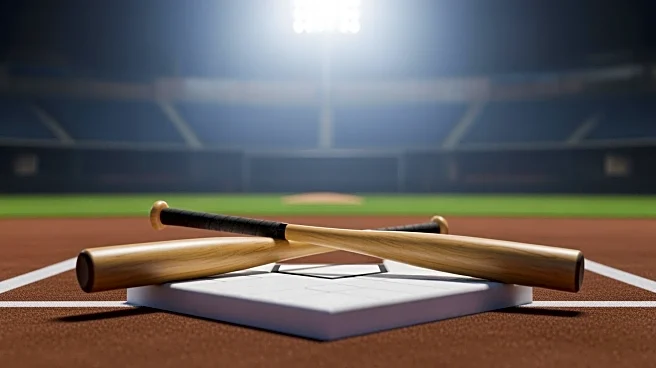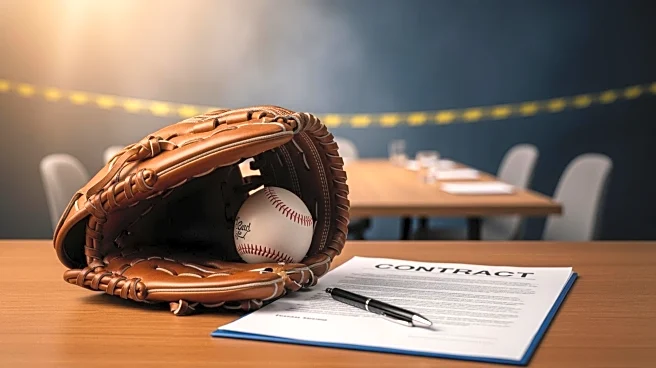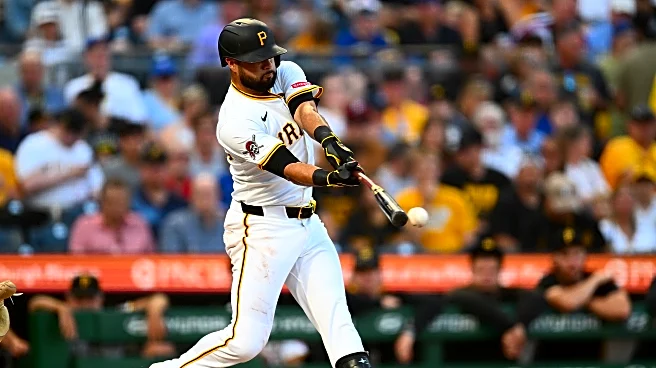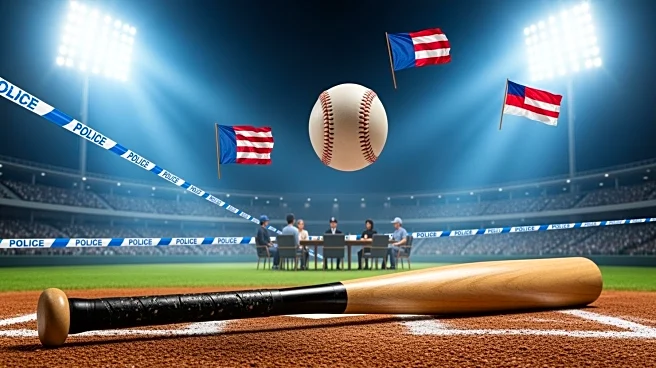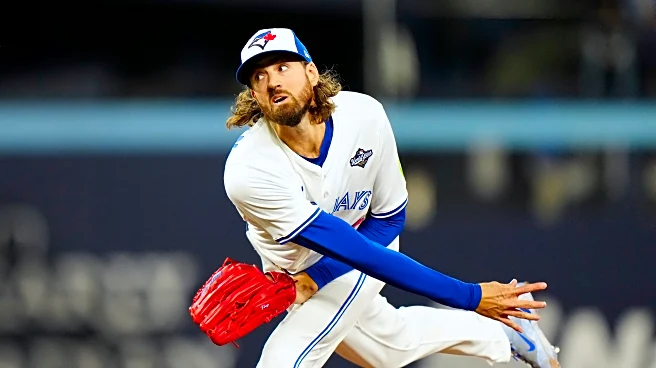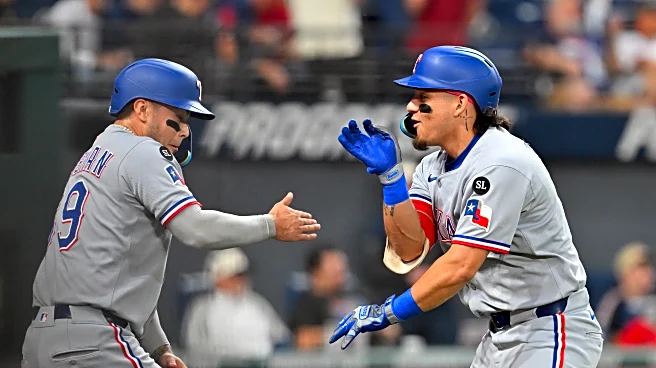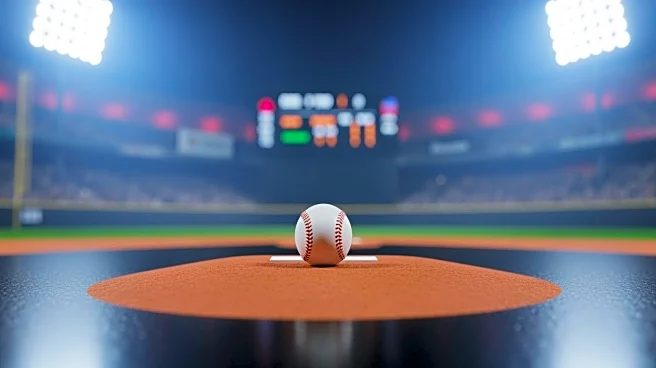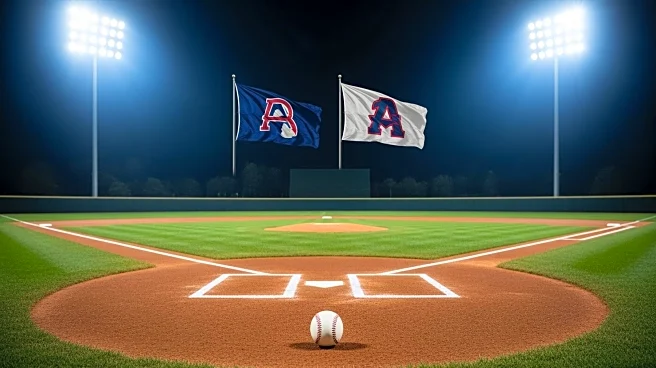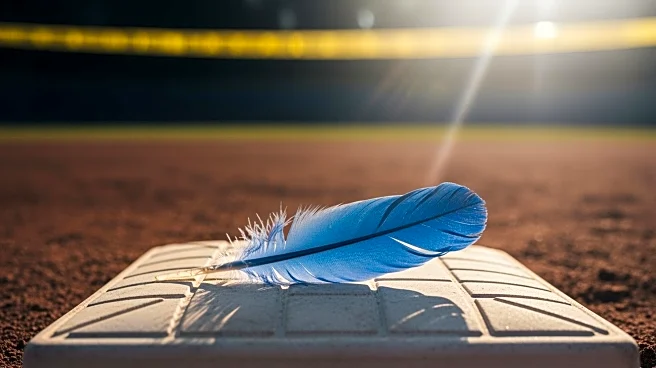After four years of experimentation in the minor leagues, MLB will allow teams to challenge umpires’ ball-strike calls based on the results of an automated system. The challenges are limited in number, but presumably this will allow teams to overturn the most egregious errors by the plate umpire. The exact format has not been specified, yet, but MLB has indicated the process will be similar to the minor league challenge system.
In the minor league system, each team is limited to two challenges to balls/strikes.
If a challenge is successful, the available challenges for the team will not change. But the challenge is lost if it is unsuccessful. In the minor leagues, the average number of challenges per game is four (for both teams). Since about one half the challenges are unsuccessful, teams tend take the risk sparingly.
An interesting aspect of this rule change is that it may potentially change the valuation of catchers. A substantial portion of catchers’ defensive value is based on estimates of framing skill. Framing ability allows the catcher to preserve strikes which might otherwise be called balls or even gain a strike which is not quite a ball. Data indicates that most of the framing benefit involves preserving a strike which the umpire would erroneously call a ball. Framing is all about the presentation of the pitch location based on how the catcher receives the ball. It’s unclear how much, if any, of that valuation will be affected by the impact of the challenge system.
The rise of catcher framing as a defined skill involves the Astros. After Jeff Luhnow was chosen to run the Astros, he hired Mike Fast, a blogger with Baseball Prspectus, as an analyst. (You can find a 2012 TCB interview with Fast here.) Fast was an engineer in Austin who had been writing analytic pieces for BP, Hardball Times, and Royals Review. His work on identifying the value of catcher pitch framing was much discussed in the baseball community at the time and undoubtedly caught the attention of Luhnow.
Subsequently, the Astros strived to develop catchers with framing skill. Fangraphs jokingly referred to the Astros’ “catcher framing factory.” One of the Astros minor leaguers from that era, Tyler Heineman (2012 Astros’ 8th round pick), now age 34, continues to provide exceptional framing skill as a back up catcher for the Blue Jays. This led to rapid adaption of framing techniques by other teams. Today virtually all teams are involved in developing catcher framing skills. As a result of this rapid adoption, average catcher framing skills increased and, as this Fangraphs article describes, the differences in run value between good and bad framers became more narrow. At the same time, umpires’ ball/strike accuracy improved each year, which likely limited the potential run value improvement associated with framing.
As umpires improved and “big” mistakes became less common, as stated in the Fangraphs article, “catchers are stealing fewer strikes than ever, but they’re also losing fewer strikes than ever.” Astros’ catcher Jason Castro is quoted in that article, “My job is to keep strikes strikes.” Perhaps due to the influence of catcher framing, umpires improved their accuracy in calling strikes on the edges but not on pitches outside the zone. To the exten6t that the challenge system continues the rapid improvement in umpire accuracy, it’s possible that the value of framing will fall too.
Relationship of Umpire Errors and Framing
An initial question: what is the relationship between framing skill estimates and umpire mistakes? I used the umpire scorecard to quantify the pitcher run value impact of umpire calls. The Astros are ranked 15th with negative 17 runs. I compared the team results to Fangraphs Framing value by team. The Astros are ranked 23d in catcher framing with -6.1 runs.
The run value of umpire accuracy is correlated with framing skill value, with r = .81. Based on the R-square value, umpire run value explained 66% of the framing value. It’s unclear how the causal connection leads to the correlation. Perhaps umpire errors provide more opportunities for framing to provide benefit. Or maybe inaccurate umpires are more reliant on “presentation” to make their calls. In any event, a relationship exists and thus improved accuracy of umpiring provides a potential to affect framing valuation.
Framing Benefits Will Continue
I don’t expect that the new rule would throw framing skills out the window. Teams only have 2 challenges per game, and so there are many pitches which need to be appropriately framed. We can expect that most challenges will involve shadow zone pitches (borderline). Victor Caratini and Yainer Diaz handled over 12,000 shadow zone pitches this year. At best, we will see around 640 challenges in 2026 (4 challenges per game, which is higher than likely). That is only 5% of the shadow zone pitches. So,, 95% of the border line pitches will not be challenged, and framing will remain a necessary skill to receive those pitches.
On the other hand, the challenge system may change the plate umpires’ behavior. No one likes to be exposed to criticism from telecasts and fans because the challenges to their calls are successful. Umpires are human, and perhaps the risk of being overturned will refocus their efforts to become more accurate. This is speculation, and nobody knows whether this improvement in accuracy will affect more than just the two challenge pitches.
Another off-setting factor involves the strategy that teams use to challenge pitches. Teams are likely to encourage players to hold back on their challenges early in games and prioritize challenges to high leverage situations. If teams’ execute their strategies well, the challenges are likely to involve high value situations. For example, challenging a 3-2 pitch with the bases loaded is very high value, since it is the difference between a strike out or walking in a run. Thus, the benefits of framing may be limited to lower value situations if challenges pick up the highest value errors.
Astros Catchers Yainer Diaz and Victor Caratini
The Astros overall Framing value is below average, as the 23d ranking reveals. Out of 57 catchers, Caratini and Diaz are ranked 35th and 47th respectively. Both catchers were below average at framing this year. As shown on the linked Statcast page, their framing ability varied with the location of pitches. Yainer Diaz was 7th best at framing pitches at the upper edge of the zone (+4). But he was among the worst at framing pitches at the bottom edge of the zone (53d with -5 runs). The Fangraphs article points out that catchers have recently concentrated their efforts at framing bottom of the zone pitches. Presumably this area is susceptible to producing more run value. The widespread practice of catching on one knee is aimed, in part, at improving bottom edge framing. At this point, we have no reason to believe that the challenge rule will affect different edges of the zone with more or less frequency.
I think it is possible that the challenge rule will increase the value of Diaz and Caratini by reducing the value of framing. But most likely the improvement will be slight. It’s doubtful that framing will become irrelevant, but potentially the run value associated with framing actions may decrease slightly.
During the 2026 season, we should watch the framing estimates closely to determine whether the overall range of framing run values is declines.
